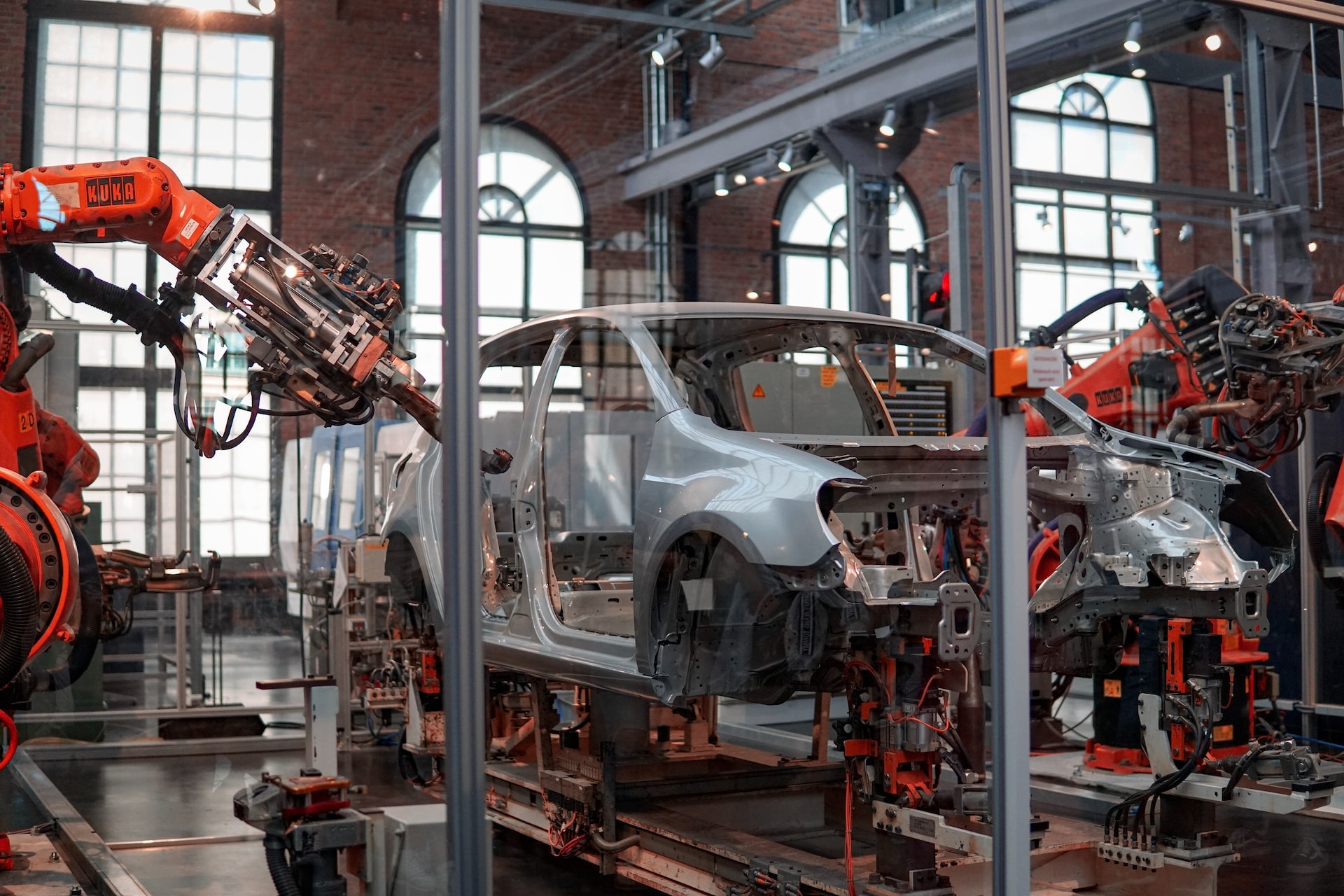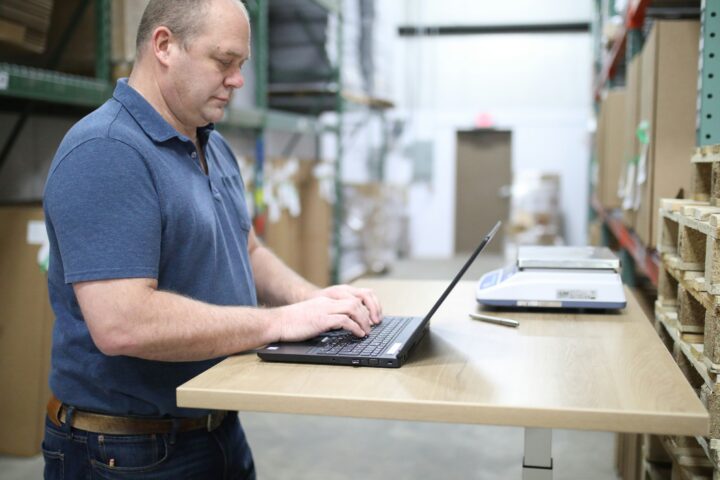In the early days of manufacturing, industrial robots were used primarily for tasks that were too dangerous or difficult for humans to do. Over time, their capabilities have expanded, and now they are an integral part of the manufacturing process. This article will look closely at how industrial robots are changing the manufacturing landscape and explore some of their key benefits. Stay tuned.
What are industrial robots, and how do they work?
Industrial robots are machines used to automate various types of complex processes in industrial settings. Typically made of a metal frame and equipped with complex electronic components, these machines are designed to carry out highly specialized tasks that human workers would otherwise do.
One way they achieve this is through advanced sensors and cameras, which allow them to identify objects and navigate their environment. These machines can also be programmed with intricate algorithms that enable them to complete complex actions independently, such as welding or assembly.
Overall, industrial robots are an essential tool for industrial operations worldwide, helping us optimize productivity and maximize efficiency.
The benefits of industrial robots
One of the key benefits of industrial robots is that they can help increase productivity and efficiency in various ways. For example, they can work faster than humans, meaning more tasks can be completed in a shorter period. Additionally, they can work long hours without breaks, meaning production can ramp up to meet demand.
Another significant benefit is that industrial robots are highly precise, reducing waste and errors. This increased accuracy also results in higher-quality products and increased safety for workers and consumers. In fact, according to the International Federation of Robotics, thanks to the implementation of industrial robots, workplaces have seen “a significant reduction in accidents.”
Additionally, industrial robots can help to lower production costs. In many cases, they require less training and supervision than human workers, and they can often be used in multiple applications, further reducing the need for specialized labor. Additionally, their increased accuracy leads to less waste, which helps to keep costs down.
Finally, industrial robots provide many environmental benefits. They can help to reduce emissions and noise pollution in factories, and because they are more precise than humans, they can also help to minimize material waste.
The role of industrial robots in the manufacturing landscape
As industrial robots become more advanced, they play an increasingly important role in manufacturing. Here are some ways that these machines are changing the landscape of manufacturing:
They are becoming more flexible and adaptable- One of the critical ways industrial robots are changing the manufacturing landscape is by becoming more flexible and adaptable. As these machines become more sophisticated, they can carry out a more comprehensive range of tasks, including tasks that human workers typically do. This increased flexibility provides manufacturers with a greater degree of freedom when it comes to designing and implementing production processes.
They are increasing efficiency and productivity- As we’ve seen, the industrial robot arm is capable of working faster than humans and can work for longer hours without breaks. This increased efficiency and productivity is helping manufacturers to optimize their operations and meet consumer demand.
In today’s business landscape, efficiency and accuracy are paramount, even in markets like the cannabis industry. Innovations such as the introduction of automated robots, like the kief machine for coating pre rolls, are streamlining processes, relieving human workers from manually repetitive yet demanding tasks, and ensuring consistent product quality.
They are reducing costs- Thanks to their increased accuracy and efficiency, industrial robots are helping to reduce production costs. In many cases, they require less training and supervision than human workers, and they can often be used in multiple applications, further reducing the need for specialized labor.
They are improving product quality- Thanks to their precision and accuracy, industrial robots are also helping to improve product quality. Thanks to the implementation of industrial robot arms, many companies have seen “a significant reduction in defects.”
They are promoting sustainability- Industrial robots can help to reduce emissions and noise pollution in factories. Because they are more precise than humans, they can also help to minimize material waste. As a result, these machines play an essential role in promoting sustainable manufacturing practices.
The future of industrial robotics
As industrial robots become more sophisticated and affordable, we will likely see an increase in their adoption across various industries. In fact, according to a report from MarketsandMarkets, the global industrial robot market is expected to grow from $41.5 billion in 2019 to $173.5 billion by 2025, at a CAGR of 29.4%.
This growth will be driven by many factors, including the increasing demand for automation, the need for improved efficiency and productivity, and the desire to reduce costs. Additionally, as companies become more aware of the environmental benefits of industrial robotics, we will likely see an increase in adoption among those looking to promote sustainable manufacturing practices.
















